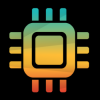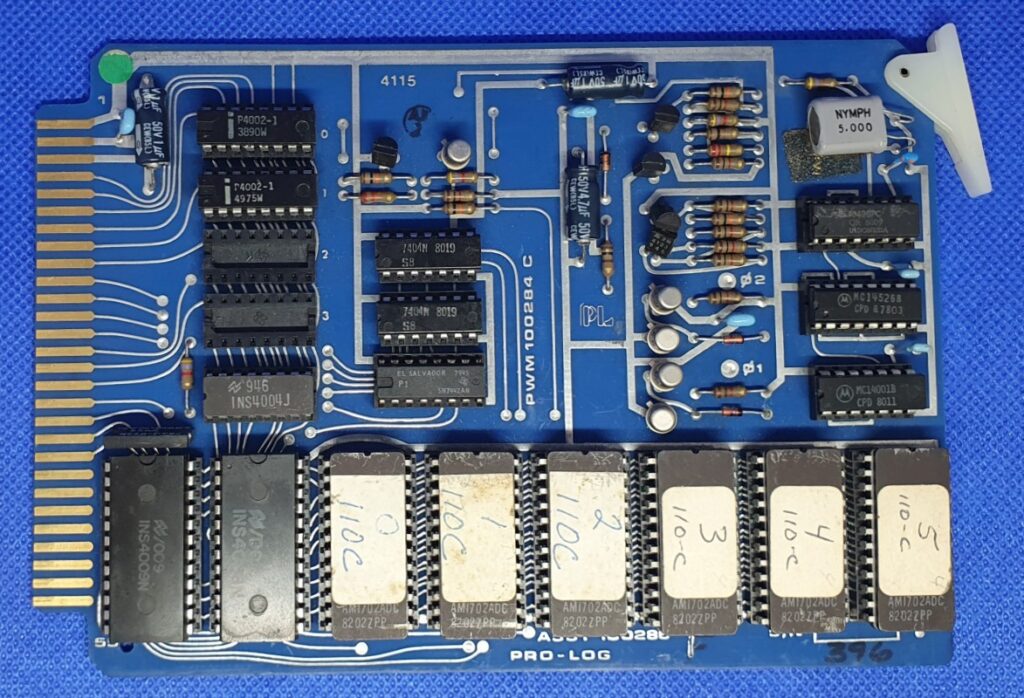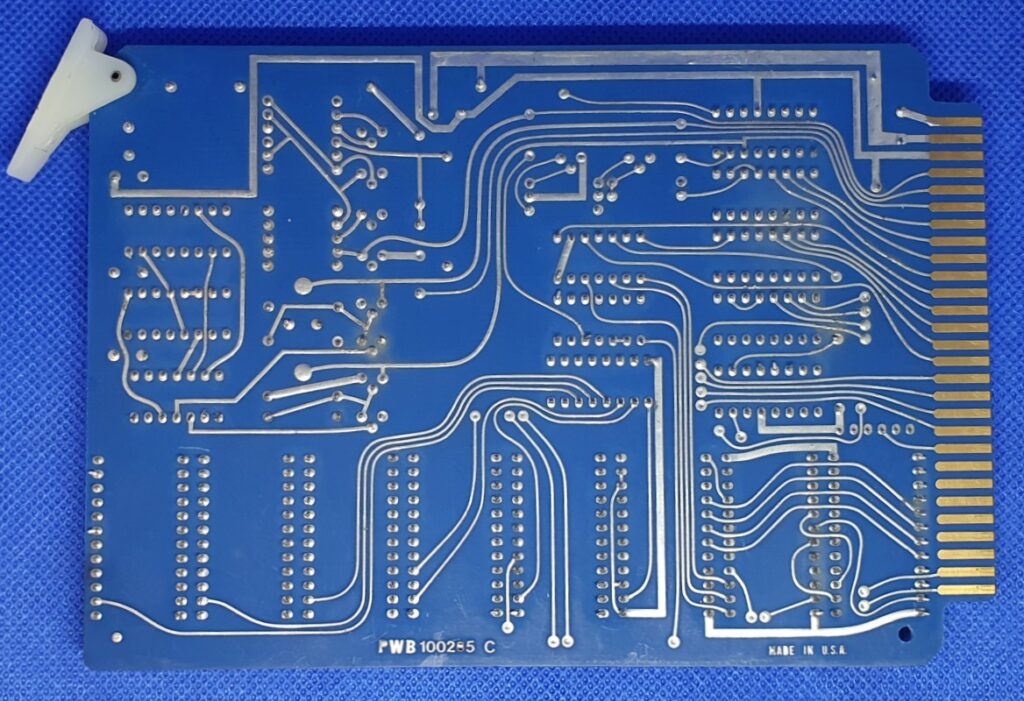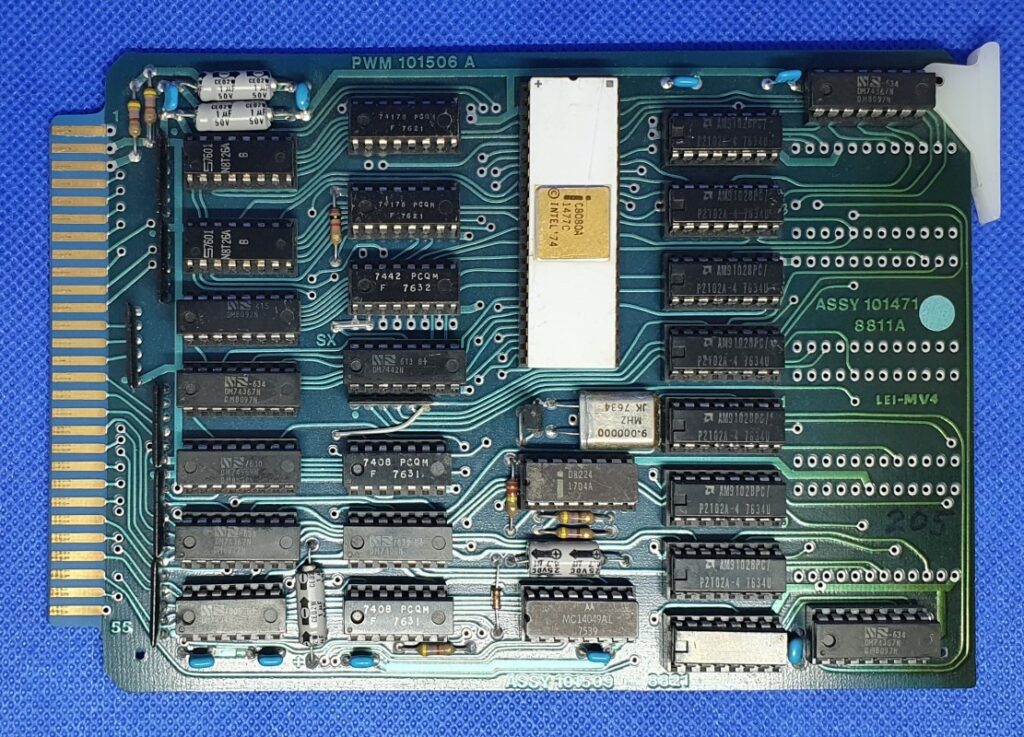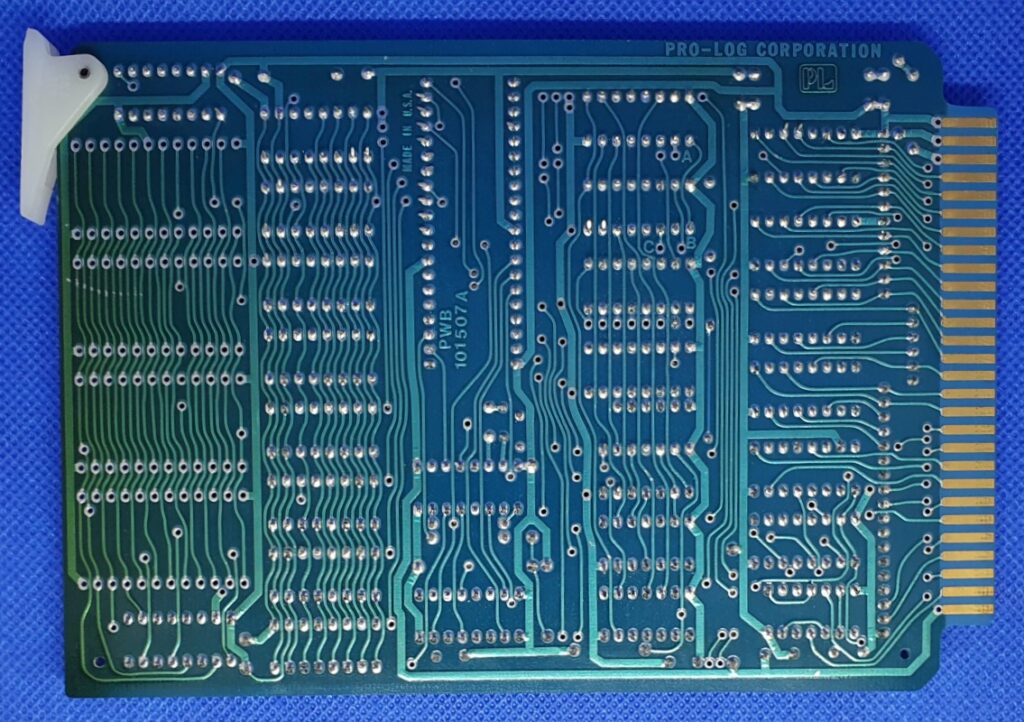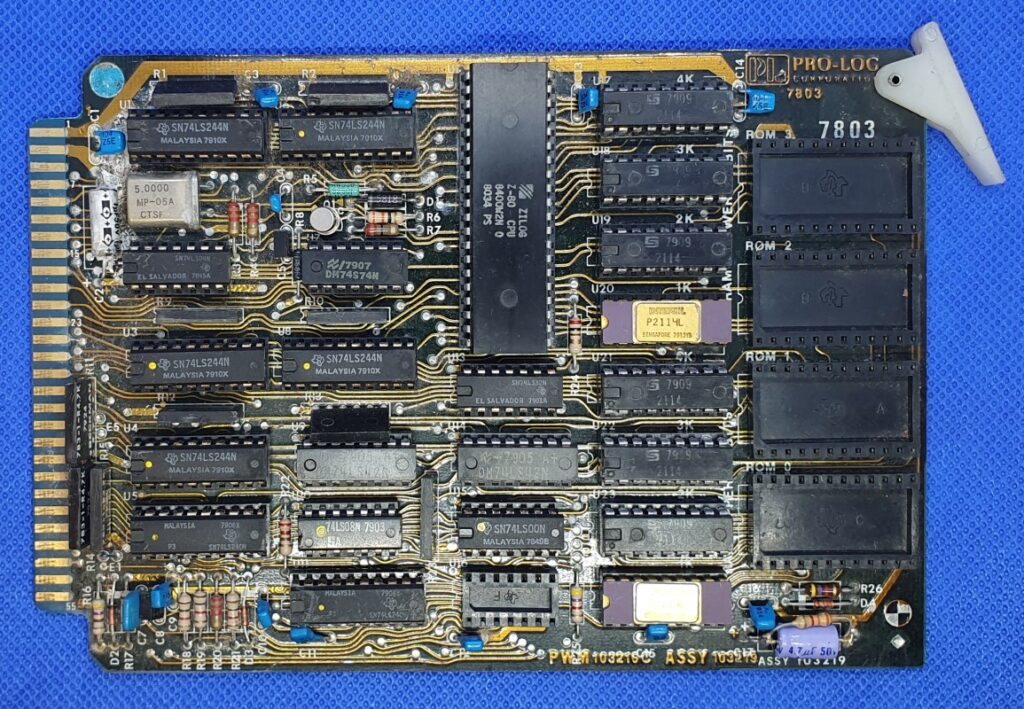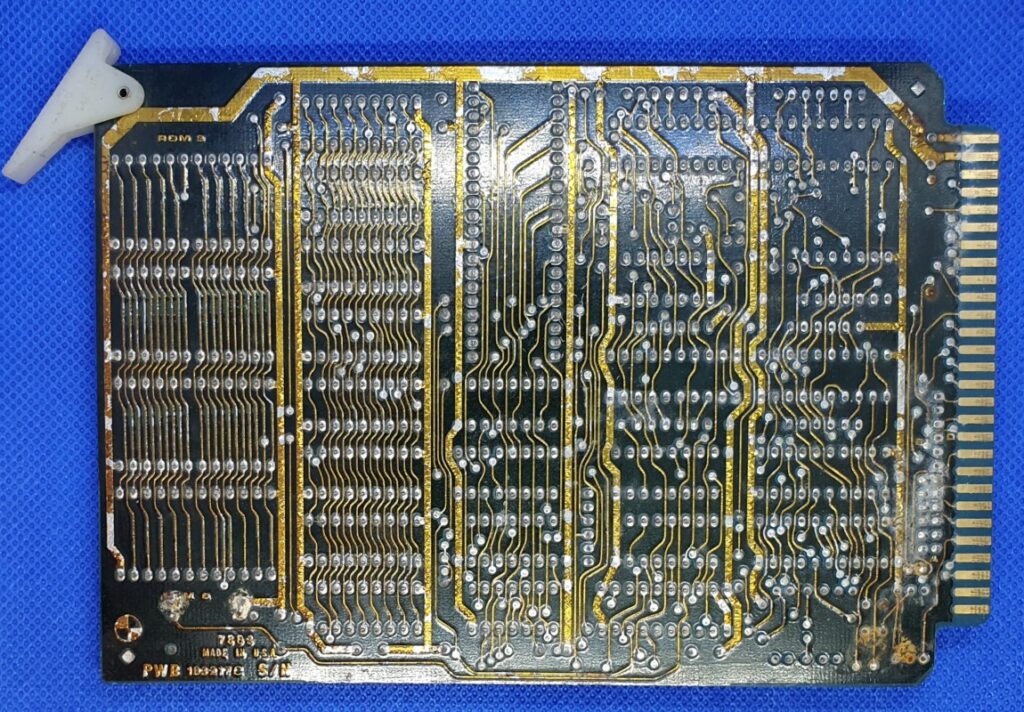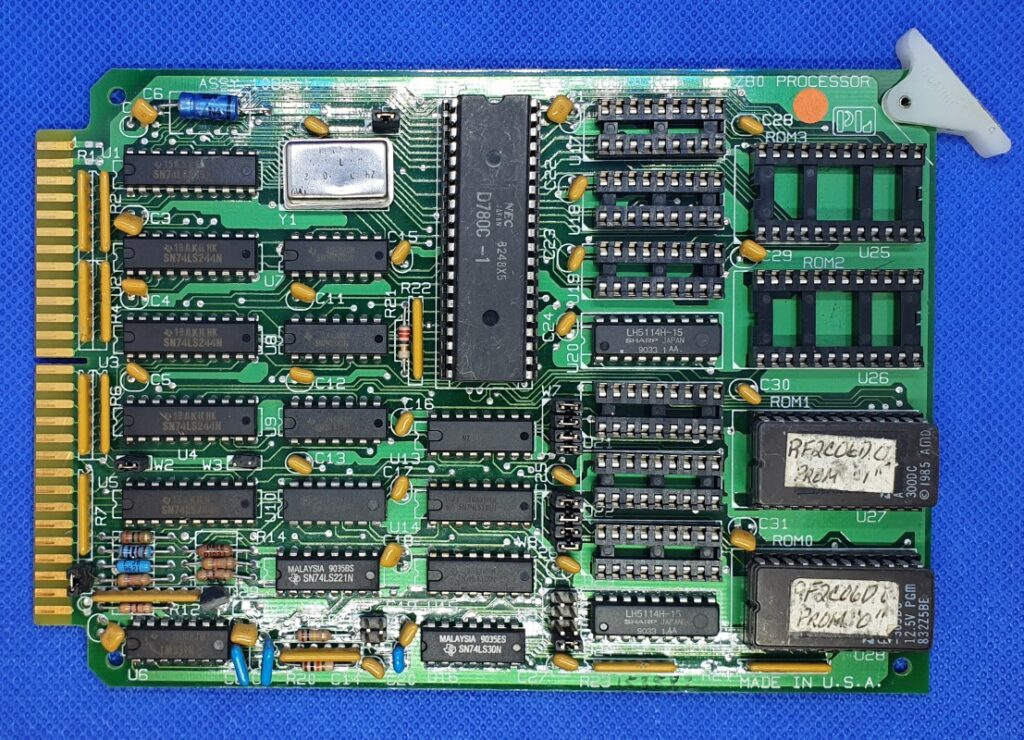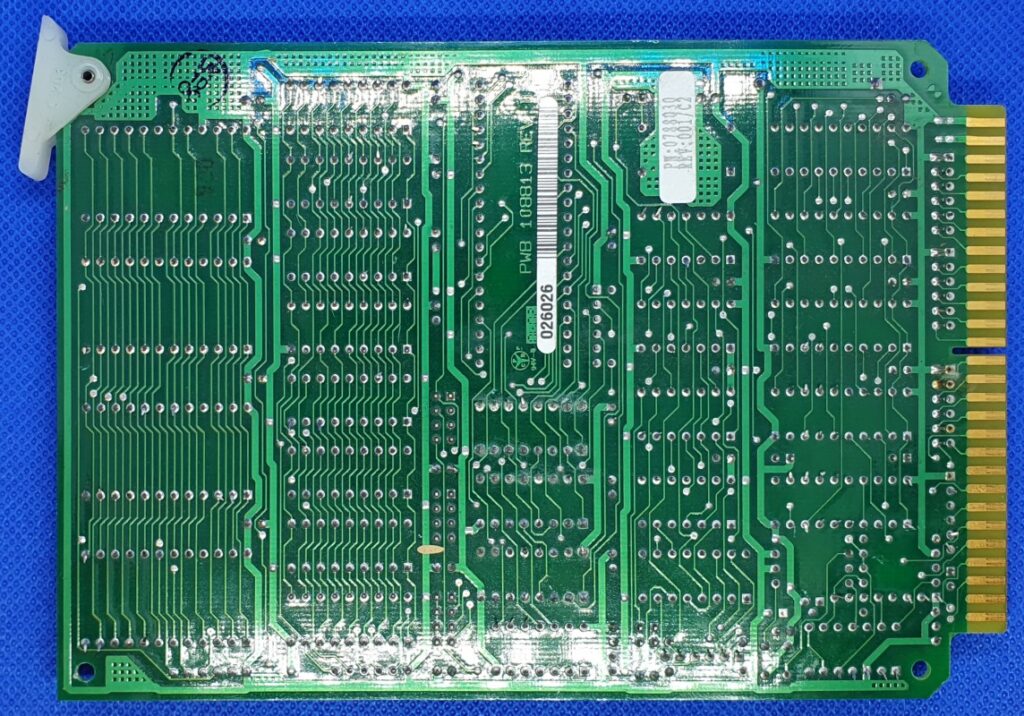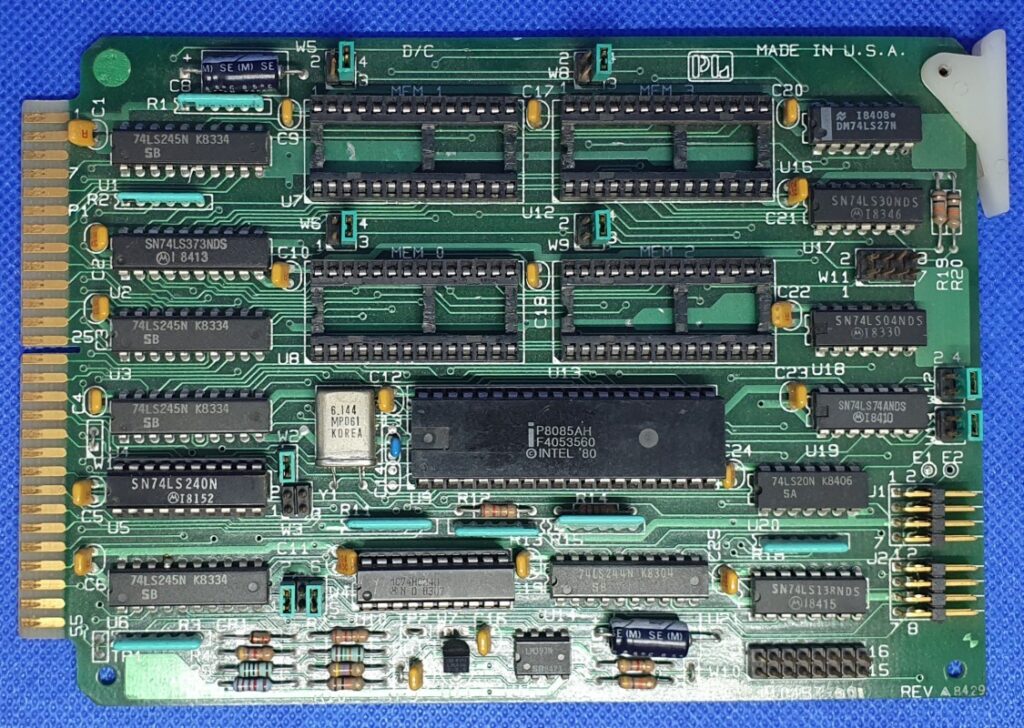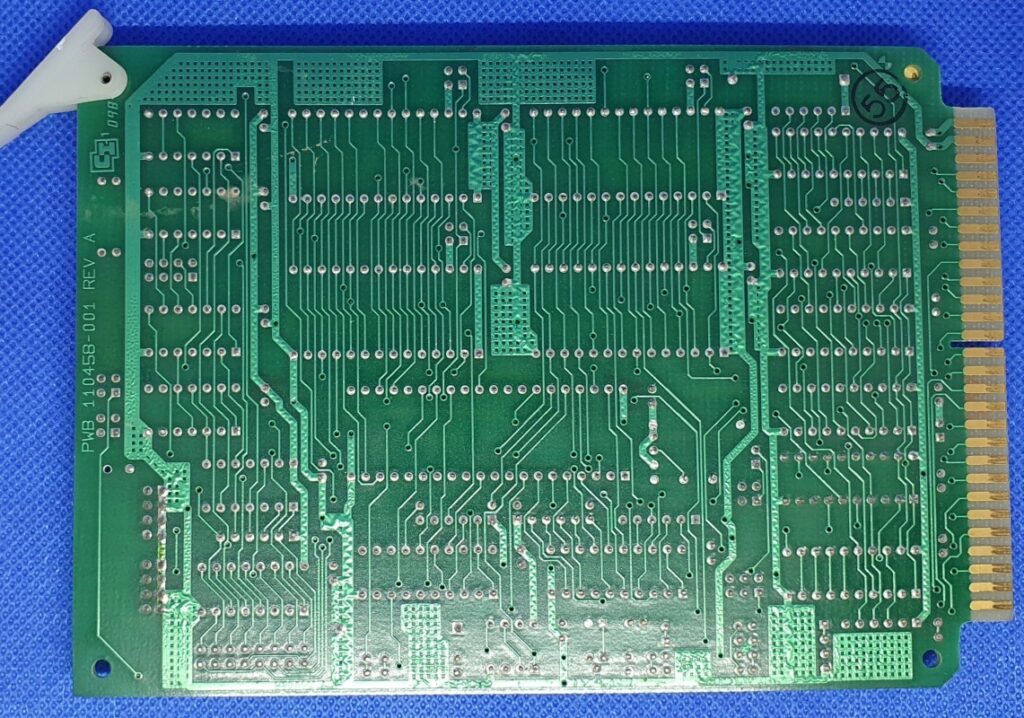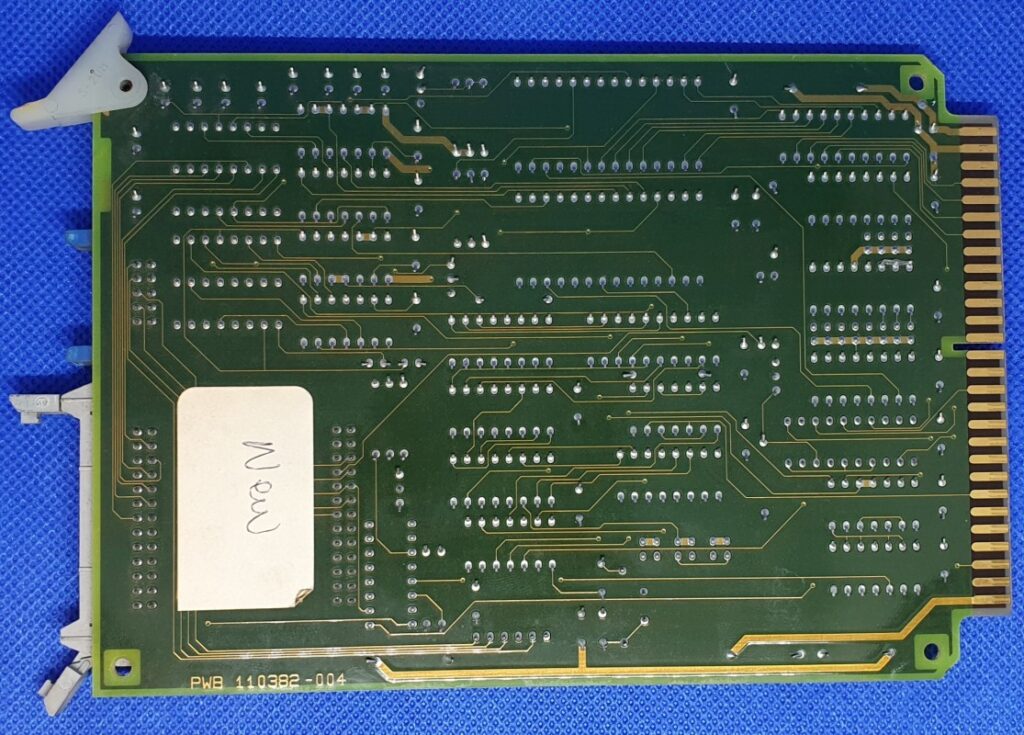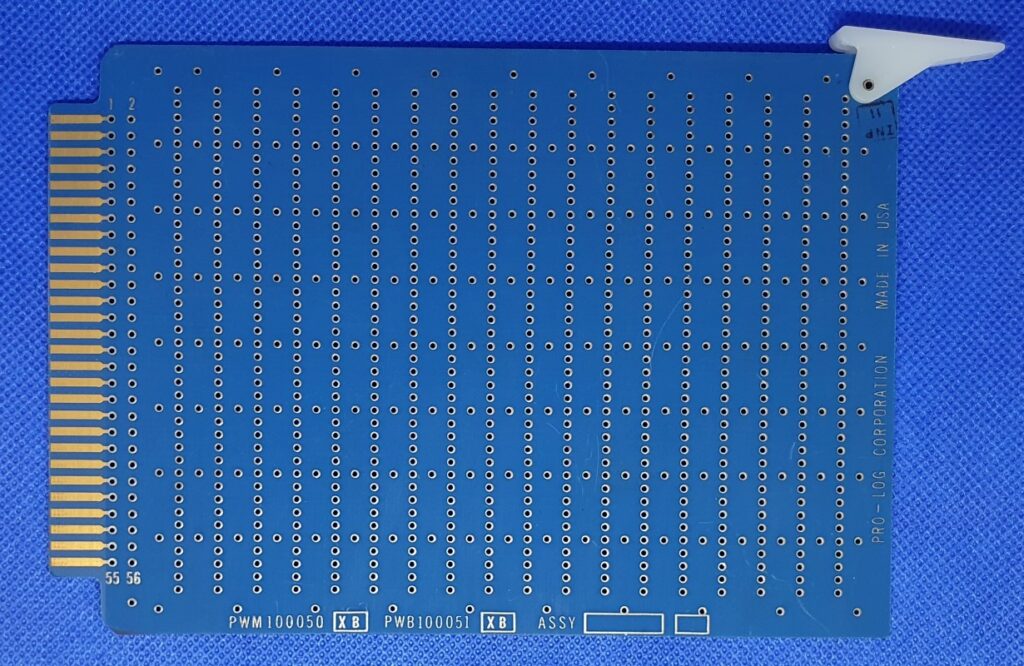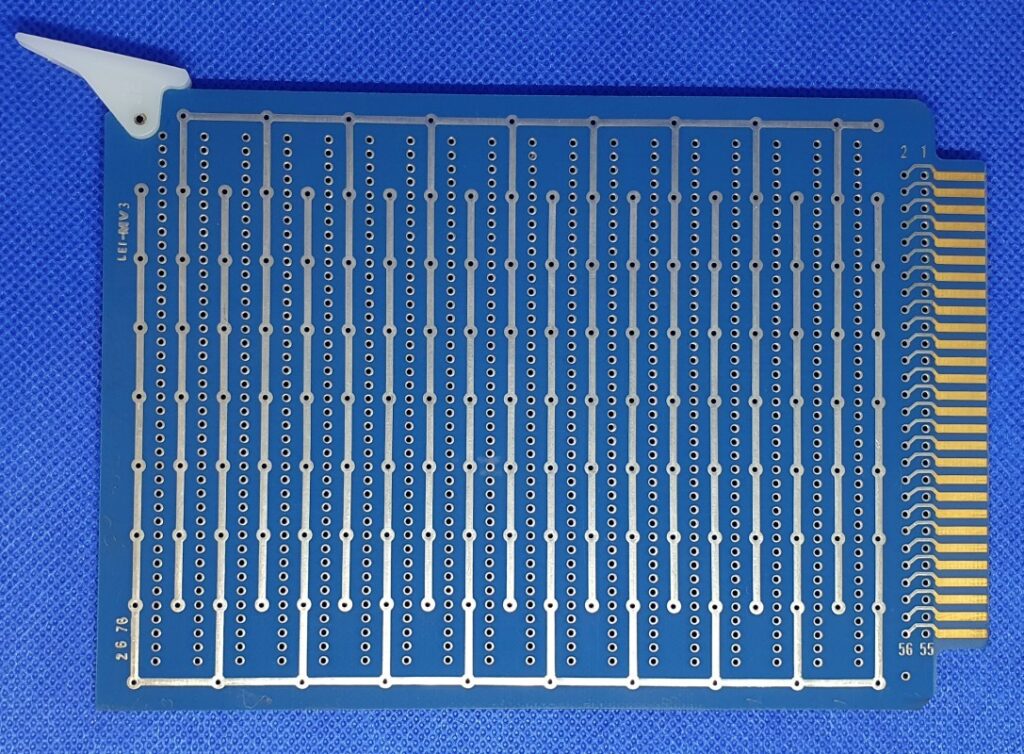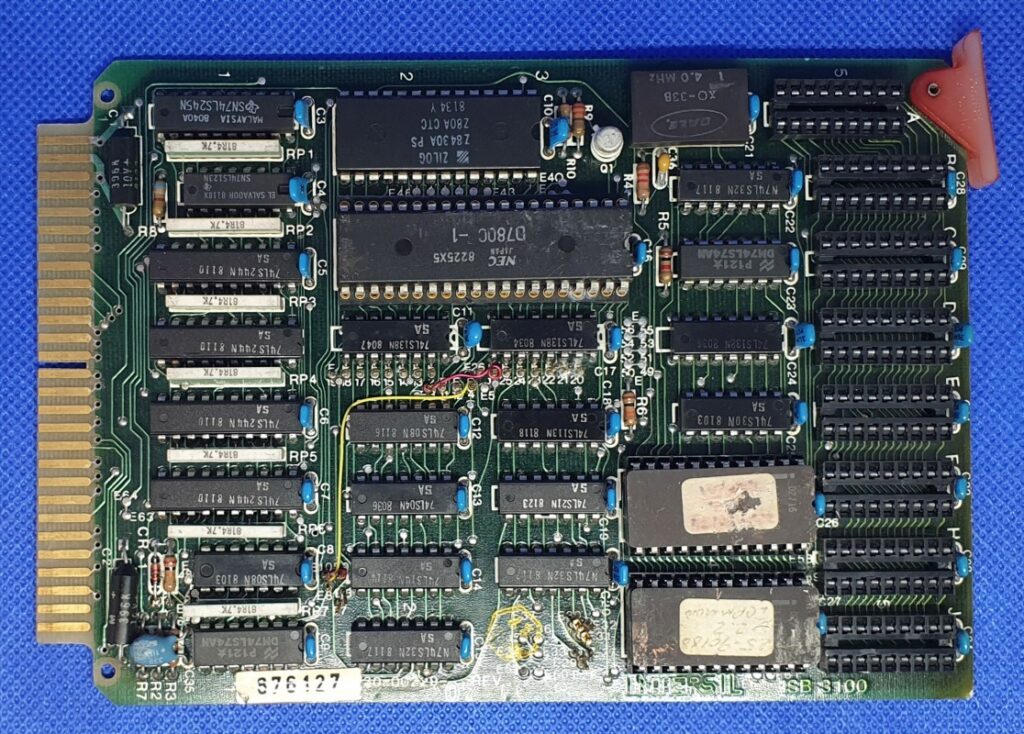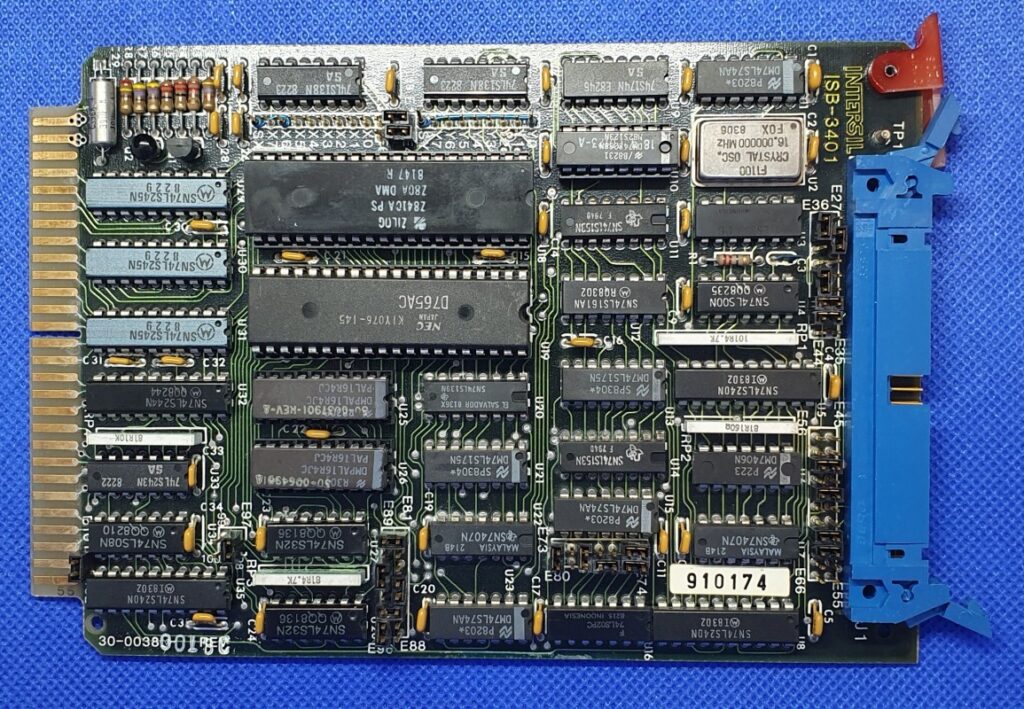The standardization of the bus system meant that users could seamlessly connect different peripherals and expansion cards to microcomputers, fostering compatibility and interchangeability.
While the STD bus itself did not become an IEEE standard, its adoption and popularity grew in the late 1970s and early 1980s. It became a prevalent choice for small and medium-sized computer systems due to its modular and standardized nature. This adaptability facilitated the expansion and customization of computer systems, meeting the diverse needs of users in that era.
Beyond its immediate success, the STD bus left a lasting impact on computer architecture. Its design principles influenced subsequent bus architectures, contributing to the evolution of standardized interconnectivity in the realm of microcomputers. The legacy of the STD bus can be observed in the continued emphasis on modular and standardized designs in modern computer systems.
.
